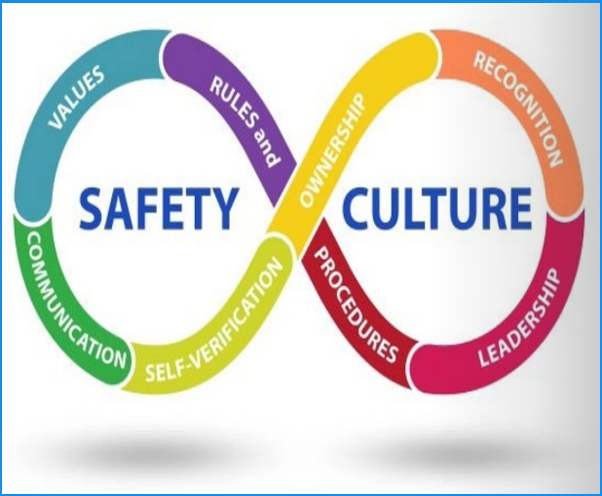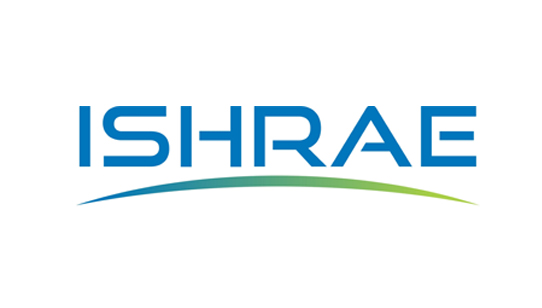How to Boost Safety Culture Through Technology?

Highlight:
Leveraging technology, such as wearables, IoT, AI, and mobile apps, can
significantly boost workplace safety culture. These tools enable real-time
monitoring, predictive analytics, and streamlined training, fostering proactive
risk management, reducing accidents, and enhancing employee engagement.
Embracing digital solutions ensures a safer, more efficient, and compliant work
environment.
A strong safety culture is essential for maintaining workplace safety, improving employee engagement, and promoting overall organizational well-being. Technology has become a powerful tool to support and enhance safety practices, enabling companies to foster a proactive approach toward accident prevention and health management. Here’s how organizations can leverage technology to boost safety culture effectively.
1. Digital Training and Education Platforms
• How it Helps: Interactive training modules, e-learning platforms, and augmented reality (AR) simulations make safety training engaging and effective.
• Example:
o Virtual reality (VR) can simulate hazardous scenarios, allowing employees to practice responding to emergencies without actual risk.
o Mobile apps provide on-demand access to safety resources and updates.
• Outcome: Increased knowledge retention and better preparedness among employees.
2. Wearable Safety Devices
• How it Helps: Wearables like smart helmets, gloves, or vests monitor real-time worker health and environmental conditions.
• Features:
o Sensors to track heart rate, fatigue, or exposure to harmful substances.
o Alerts for unsafe conditions like high noise levels or extreme temperatures.
• Example: A smart helmet with an integrated GPS can notify managers if a worker enters a restricted area or faces potential hazards.
• Outcome: Reduced injuries and enhanced health monitoring.
3. Internet of Things (IoT) and Smart Equipment
• How it Helps: IoT connects devices, equipment, and sensors to provide a comprehensive view of workplace safety.
• Applications:
o Equipment fitted with sensors can detect malfunctions or unsafe usage.
o IoT-based monitoring systems can identify environmental risks, such as gas leaks or structural instability.
• Outcome: Preventive measures can be taken before accidents occur, reducing risks significantly.
4. Mobile Safety Apps
• How it Helps: Mobile apps streamline safety processes, enabling easy reporting, monitoring, and compliance.
• Features:
o Incident reporting: Employees can report hazards or near-misses in real time.
o Safety checklists: Apps guide workers through safety protocols before starting tasks.
o Digital documentation: Ensures compliance with regulatory standards.
• Example: An app that uses geofencing to send safety reminders when employees enter high-risk zones.
• Outcome: Improved communication and quicker resolution of safety concerns.
5. Predictive Analytics and AI
• How it Helps: Predictive analytics identifies potential risks based on historical data, enabling organizations to take preventive action.
• AI Applications:
o Monitoring employee behavior for signs of stress or fatigue.
o Identifying patterns in workplace injuries to improve processes.
• Example: AI-powered platforms can suggest training updates or equipment replacements based on risk assessments.
• Outcome: Proactive risk management and fewer accidents.
6. Robotics and Automation
• How it Helps: Robots can handle dangerous tasks, reducing employee exposure to hazardous conditions.
• Applications:
o Automated systems for chemical handling, heavy lifting, or working in confined spaces.
o Drones for inspections in high-risk areas like construction sites or industrial plants.
• Example: Using drones for rooftop inspections eliminates the need for workers to physically climb dangerous heights.
• Outcome: Increased safety and operational efficiency.
7. Cloud-Based Safety Management Systems
• How it Helps: Centralized platforms allow real-time data sharing and streamlined safety management.
• Features:
o Tracking compliance with safety standards.
o Managing training schedules and certifications.
o Analyzing safety performance metrics.
• Example: A cloud-based system that updates safety protocols across multiple locations simultaneously.
• Outcome: Consistency in safety practices and better oversight.
8. Enhanced Communication Tools
• How it Helps: Technology fosters seamless communication, ensuring employees are informed and equipped to stay safe.
• Applications:
o Real-time alerts for emergencies via SMS or push notifications.
o Collaboration tools for discussing safety improvements.
• Outcome: Improved responsiveness and teamwork in addressing safety issues.
9. Gamification of Safety Practices
• How it Helps: Applying gamification to safety programs increases employee engagement and participation.
• Examples:
o Reward systems for completing safety training or reporting hazards.
o Leaderboards displaying safety performance metrics.
• Outcome: Motivated employees who actively contribute to a safer work environment.
10. Data-Driven Decision Making
• How it Helps: Advanced analytics tools provide actionable insights into safety trends and areas needing improvement.
• Applications:
o Dashboards showing injury rates, hazard reports, and compliance levels.
o Data-driven strategies to allocate resources effectively.
• Outcome: Evidence-based safety improvements and better ROI on safety investments.
Benefits of Technology-Driven Safety Culture
1. Proactive Risk Management: Technology helps identify risks before they become issues, ensuring a safer workplace.
2. Employee Engagement: Interactive and gamified safety tools keep employees motivated and aware.
3. Compliance: Automated systems ensure adherence to regulations with minimal manual oversight.
4. Cost Savings: Reduced accidents and injuries lower costs associated with medical care and downtime.
5. Continuous Improvement: Data insights drive ongoing enhancements in safety protocols.
Challenges and Solutions
1. Resistance to Change:
o Solution: Provide comprehensive training and demonstrate the benefits of technology adoption.
2. Cost of Implementation:
o Solution: Start with scalable technologies and prioritize high-risk areas for investment.
3. Data Security Concerns:
o Solution: Use secure systems with robust data protection measures.
Conclusion
Technology is revolutionizing workplace safety, making it easier to build a robust safety culture that benefits both employees and organizations. By integrating tools like wearables, IoT, AI, and mobile apps, companies can foster proactive safety practices, reduce risks, and enhance overall well-being. As organizations in India and worldwide embrace digital transformation, leveraging technology for safety is not just an option—it’s a necessity for sustainable success.
(This "HSE Blogs" Published in January 2025 Edition)




.png)







